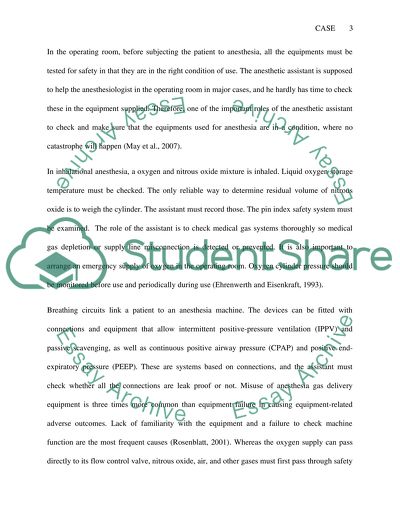Cite this document
(Care of Patient Undergoing General Anesthesia Case Study, n.d.)
Care of Patient Undergoing General Anesthesia Case Study. Retrieved from https://studentshare.org/health-sciences-medicine/1554920-care-of-patient-undergoing-general-anesthesia
Care of Patient Undergoing General Anesthesia Case Study. Retrieved from https://studentshare.org/health-sciences-medicine/1554920-care-of-patient-undergoing-general-anesthesia
(Care of Patient Undergoing General Anesthesia Case Study)
Care of Patient Undergoing General Anesthesia Case Study. https://studentshare.org/health-sciences-medicine/1554920-care-of-patient-undergoing-general-anesthesia.
Care of Patient Undergoing General Anesthesia Case Study. https://studentshare.org/health-sciences-medicine/1554920-care-of-patient-undergoing-general-anesthesia.
“Care of Patient Undergoing General Anesthesia Case Study”, n.d. https://studentshare.org/health-sciences-medicine/1554920-care-of-patient-undergoing-general-anesthesia.


